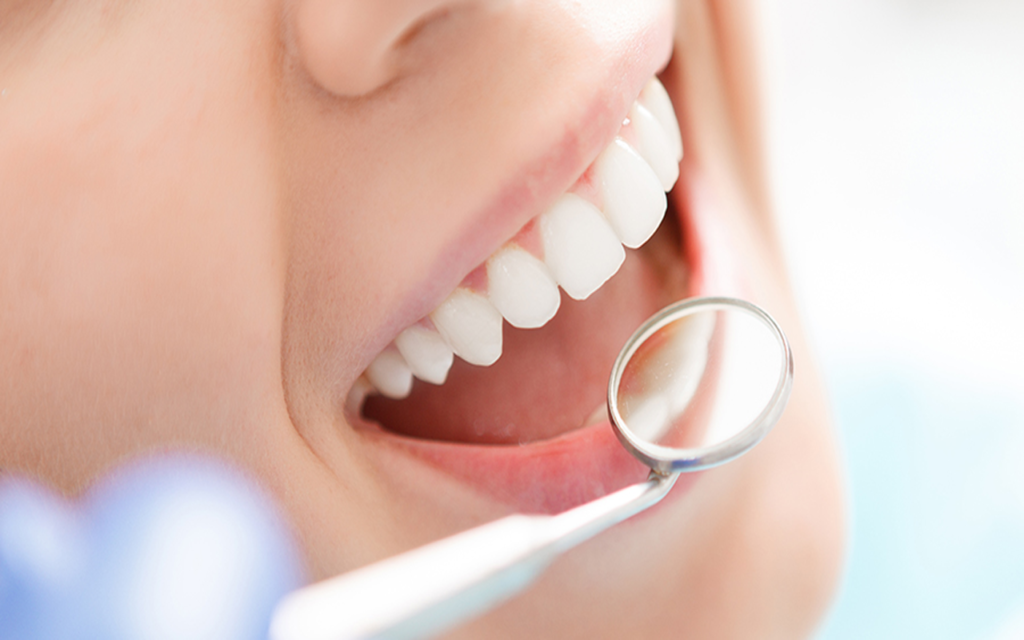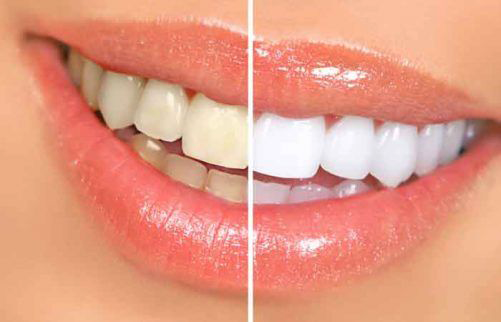Scaling & Polishing
Scaling & Polishing are common dental procedures that are performed to improve and maintain oral health.
Scaling involves the removal of plaque and tartar from the surfaces of the teeth, especially along the gum line and in the spaces between the teeth. Plaque is a sticky film of bacteria that forms on the teeth and can lead to tooth decay and gum disease. Tartar, also known as calculus, is a hard deposit that forms when plaque is not removed and can only be removed by a dental professional using special instruments.
Polishing is the process of smoothing the surfaces of the teeth after scaling, making them less likely to accumulate plaque and staining. The polishing procedure involves using a slow-speed handpiece with a soft rubber cup or brush that is used to apply a polishing paste to the teeth.
Scaling & Polishing are typically performed together during a regular dental check-up or cleaning appointment. These procedures are important for maintaining good oral health and preventing dental problems such as cavities, gum disease, and bad breath.
Gum disease, also known as periodontal disease, is a very common oral condition that affects a large number of people around the world. It is caused by the buildup of bacteria in the mouth, which can eventually spread to the tissues surrounding the tooth, leading to infection and inflammation. If left untreated, gum disease can progress to the point where it can cause the loss of teeth.
Scaling & Polishing is one of the most effective treatments for gum disease is scaling. This is a procedure that is performed by a dental professional to remove plaque and calculus deposits from the teeth and gums. Scaling can help to prevent the spread of infection and inflammation, and it can also help to prevent the loss of teeth.
Scaling:
- Scaling is usually performed using a range of dental instruments such as ultrasonic scalers, hand scalers, or curettes.
- Ultrasonic scalers use high-frequency vibrations to remove plaque and tartar from the teeth.
- Hand scalers and curettes are manual instruments that are used to scrape the surfaces of the teeth and remove any remaining debris.
- Scaling may be uncomfortable, especially if you have sensitive teeth or gums. However, your dentist or hygienist will typically use a local anesthetic or numbing gel to make the process as painless as possible.
Regular dental checkups are also recommended for the evaluation of oral health status. During a dental checkup, a dentist or hygienist can examine the teeth and gums for signs of gum disease, and can also provide guidance on how to maintain good oral health. Patients who experience symptoms such as bad breath, bleeding gums, gum loss, or pus discharge from the gums should seek dental care promptly, as these can be signs of gum disease or other oral health issues that require treatment.
When you first visit, our dentist examine your teeth and gums. Sometimes, periodontal instruments and dental radiographs (x-ray) are required to further asses bone loss. After complete assessment, our dentist will explain your required treatment and treatment protocol. The duration of this procedure depends upon severity of plaque and calculus deposits. Normally it takes 30 minutes.
Polishing:
- Polishing is typically performed using a slow-speed handpiece with a soft rubber cup or brush that is used to apply a polishing paste to the teeth.
- Polishing paste is a gritty substance that helps to remove any remaining stains or debris from the surfaces of the teeth.
- Polishing is usually a painless procedure that can leave your teeth feeling smooth and looking shiny.
- After scaling and polishing, your dentist or hygienist may also recommend a fluoride treatment to help protect your teeth from decay and sensitivity.



